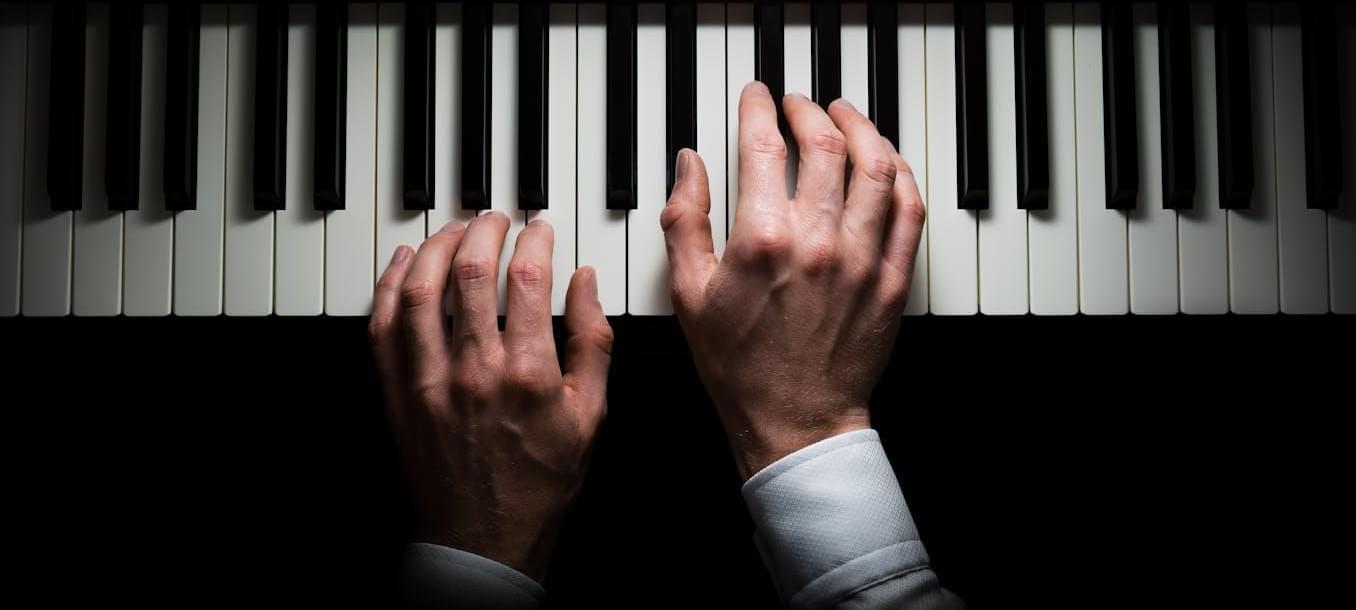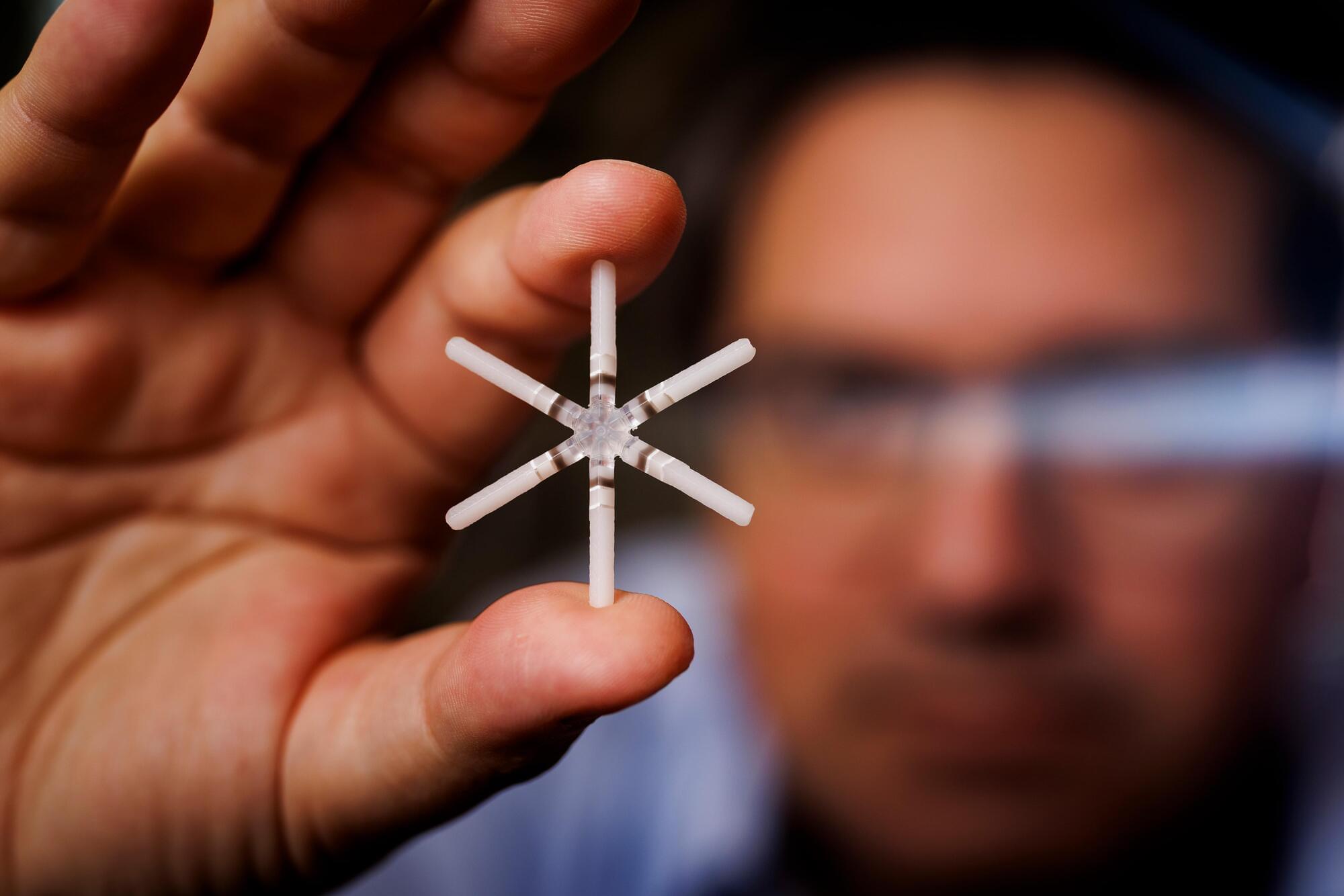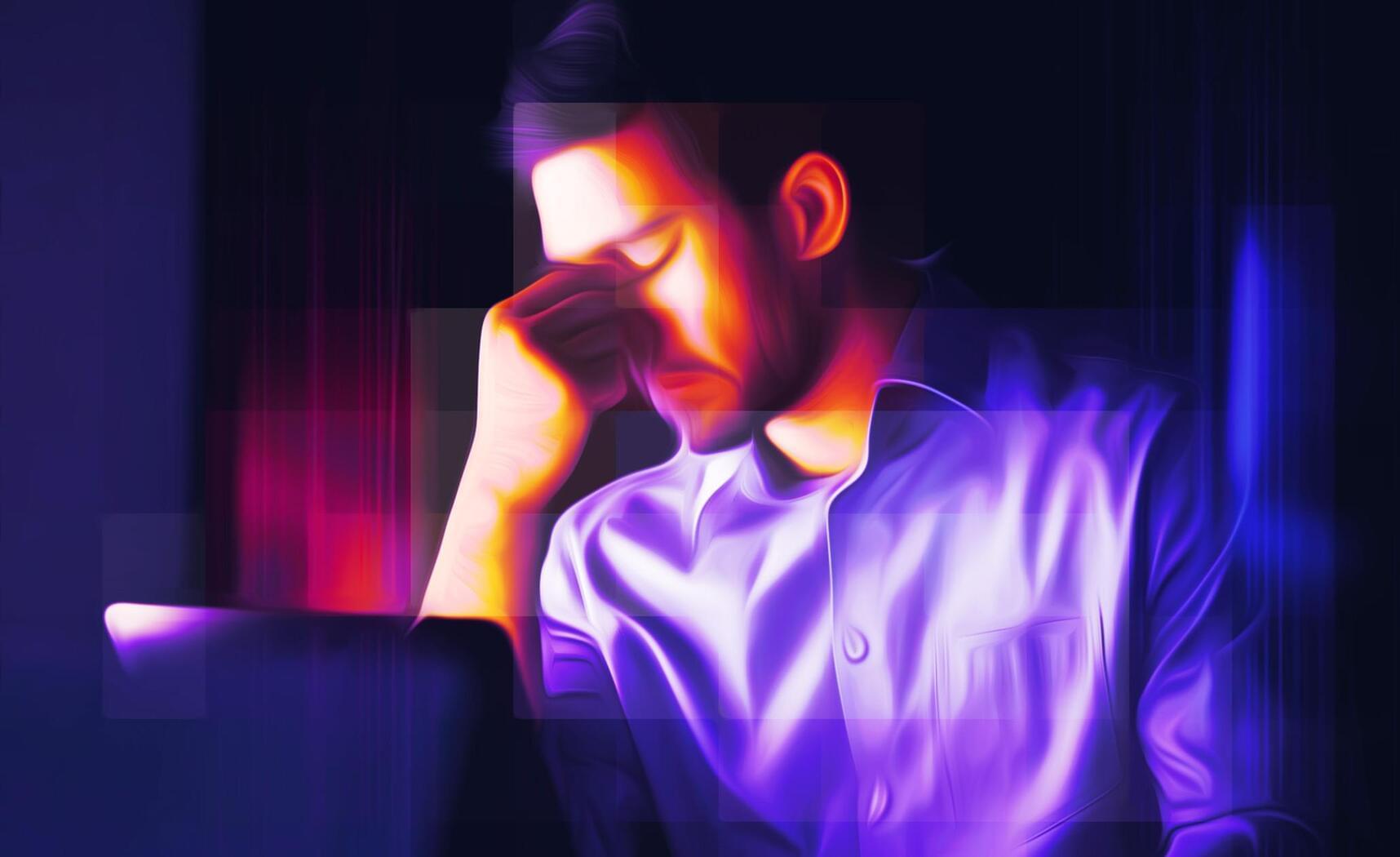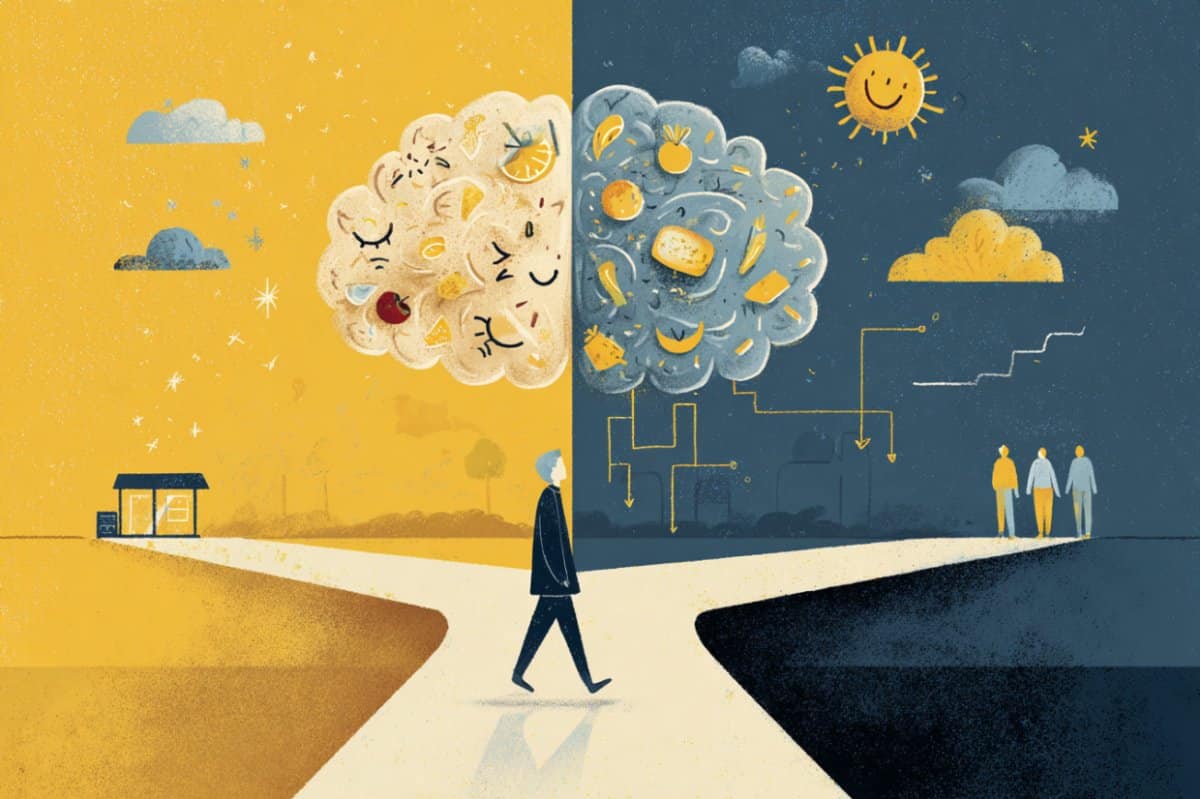New research shows that DMT, a natural psychoactive compound found in plants and the human brain, can protect against stroke damage in animal and cell models.



Cultured neural tissues have been widely used as a simplified experimental model for brain research. However, existing devices for growing and recording neural tissues, which are manufactured using semiconductor processes, have limitations in terms of shape modification and the implementation of three-dimensional (3D) structures.
By thinking outside the box, a KAIST research team has successfully created a customized 3D neural chip. They first used a 3D printer to fabricate a hollow channel structure, then used capillary action to automatically fill the channels with conductive ink, creating the electrodes and wiring. This achievement is expected to significantly increase the design freedom and versatility of brain science and brain engineering research platforms. The paper is published in the journal Advanced Functional Materials.
A research team led by Professor Yoonkey Nam from the Department of Bio and Brain Engineering has successfully developed a platform technology that overcomes the limitations of traditional semiconductor-based manufacturing. This technology allows for the precise fabrication of a 3D microelectrode array (neural interfaces with multiple microelectrodes arranged in a 3D space to measure and stimulate the electrophysiological signal of neurons) in various customized forms for in vitro culture chips.


A new study led by the Icahn School of Medicine at Mount Sinai offers one of the most comprehensive views yet of how brain cells interact in Alzheimer’s disease, mapping protein networks that reveal communication failures and point to new therapeutic opportunities.
Published online in Cell, the study analyzed protein activity in brain tissue from nearly 200 individuals.
The researchers discovered that disruptions in communication between neurons and supporting brain cells called glia—specifically astrocytes and microglia—are closely linked to the progression of Alzheimer’s disease. One protein in particular, called AHNAK, was identified as a top driver of these harmful interactions.

Schizophrenia is a chronic mental health disorder characterized by hallucinations, delusions, disorganized thinking and atypical movement or speech patterns. This psychiatric condition can be highly debilitating, and diagnosed individuals can report markedly different experiences.
Understanding the neurobiological basis of schizophrenia could be highly valuable, as it could inform the development of new interventions to reduce the risk of its emergence or treat its symptoms. The results of many neuroimaging studies carried out so far, however, were inconsistent or inconclusive, failing to clearly delineate the processes and brain regions implicated in its clinical expression.
In a recent paper published in Nature Mental Health, researchers at Taipei Medical University analyzed meta-analyses summarizing the most consistent findings of schizophrenia-related neuroimaging studies. Drawing on the results of this analysis, they developed a new theoretical model that delineates characteristic brain alterations linked to the psychiatric disorder.


MIT researchers developed a pill that can be taken once a week instead of daily, gradually releasing medication from within the stomach. In a phase 3 clinical trial, the treatment maintained consistent levels of the drug risperidone in patients with schizophrenia, and it controlled their symptoms just as well as daily doses of the drug.

While many working people are reasonably worried about AI taking their jobs and leaving them on the street, another consequence of the AI revolution is filling seats in mental health facilities.
The mass adoption of large language model (LLM) chatbots is resulting in large numbers of mental health crises centered around AI use, in which people share delusional or paranoid thoughts with a product like ChatGPT — and the bot, instead of recommending that the user get help, affirms the unbalanced thoughts, often spiraling into marathon chat sessions that can end in tragedy or even death.
New reporting by Wired, drawing on more than a dozen psychiatrists and researchers, calls it a “new trend” growing in our AI-powered world. Keith Sakata, a psychiatrist at UCSF, told the publication he’s counted a dozen cases of hospitalization in which AI “played a significant role” in “psychotic episodes” this year alone.

Stressful factors like chronic pain, low income, less education and other social risks were associated with older-looking brains. Those links seemed to make less of an impression over time. What stood out more clearly were protective elements: things like getting restorative sleep, maintaining a healthy weight, managing stress, avoiding tobacco and having supportive relationships.
Study participants who reported the most protective factors had brains eight years younger than their chronological age when the study started, and their brains went on to age more slowly over the next two years.

Researchers in the United Kingdom say they have successfully trialed what could become the world’s first gene therapy for Huntington’s disease – a fatal neurodegenerative disorder that is typically inherited.
While the results of the clinical trial are not yet formally published or peer reviewed, principal investigator and neuroscientist Ed Wild from University College London says the gene therapy, called AMT-130, “changes everything.”
The highest dose can apparently slow disease progression by as much as 75 percent over three years. It also led to a significant reduction in a biomarker of neurodegeneration, found in cerebrospinal fluid, which usually increases with disease progression.